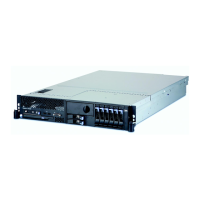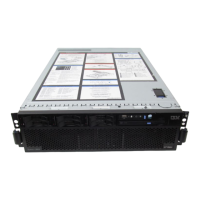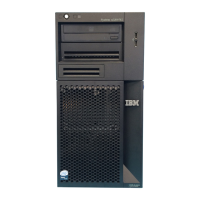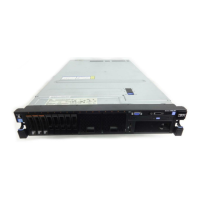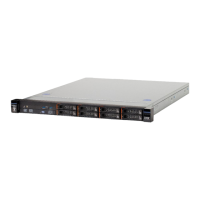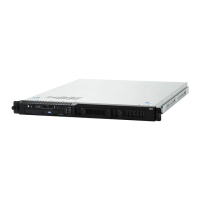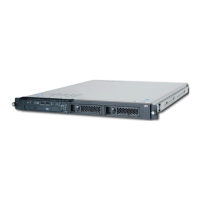job management: A general term for the functions of job scheduling and command
processing.
job
queue: (See input queue.)
job
(JOB) statement: The control statement
in
the input stream
that
identifies the
beginning of a series of job control statements for a single job.
job
step: A unit of work associated with one processing program or one cataloged
procedure, and related data.
I
language translator: Any assembler, compiler, or other routine
that
accepts statements
in
one language and produces equivalent statements
in
another language.
library:
1.
A collection of objects (for example, data sets, volumes, card decks) associ·
ated with a particular use, and identified
in
a directory. See job library, link library,
system library. 2. Any partitioned data set.
limit priority:
In
OSIVS2 and
MVT,
a number associated with a task
in
a multitask
operation, representing the highest dispatching priority
that
the
task can assign to itself
or
to
any
of
its subtasks.
link library: A partitioned data set which, unless otherwise specified,
is
used
in
fetch·
ing load modules referred to
in
execute (EXEC) statements and
in
ATTACH, LINK,
LOAD, and XCTL macro instructions.
linkage: The coding that connects two separately coded routines.
linkage editor: A program
that
produces a load module
by
changing object modules
into a form acceptable
to
fetch, combining object modules and load modules into a
single new load module, resolving symbolic cross references among them, replacing,
deleting, and adding control sections automatically on request, and providing overlay
facilities for modules requesting them.
load:
In
programming,
to
enter instructions or data into storage or working registers.
In
DOSIVS,
to
brir>9
a program phase from a core image library into virtual storage
for execution.
load module: The
output
of the linkage editor; a program
in
a form suitable for
loading into main storage for execution.
locate mode: A way of providing data
by
pointing
to
its location instead of moving it.
logic module: The logical
IOCS
routine that provides an interface between a processing
program and physical
IOCS.
logical rerord: A record
that
is
defined
in
terms
of
the information it contains rather
than
by its physical traits .
• loop: A sequence of instructions
that
is
executed repeatedly until a terminal can·
dition prevails.
LSERV (label cylinder display): A program
that
tormats a listing of the label cylinder
located
on
SYSRES.
m
machine check analysis and recovery:
1.
A feature
that
checks the severity of a
CPU
hardware failure and attempts
to
recover from the interrupt. Abbreviated
MCAR.
2.
In
S/370 Mod 168
MCAR
designates Maintenance Control Address Register.
machine check interrupt: The interrupt
that
occurs
if
the
CPU
fails
to
operate.
macro instruction: The macro instruction statement,
the
corresponding macro in·
struction definition, the resulting assembler language statements, and the machine
language instructions and other data produced from the assembler language statements;
loosely,
anyone
of these representations of a machine language instruction secuence.
Page 7-6

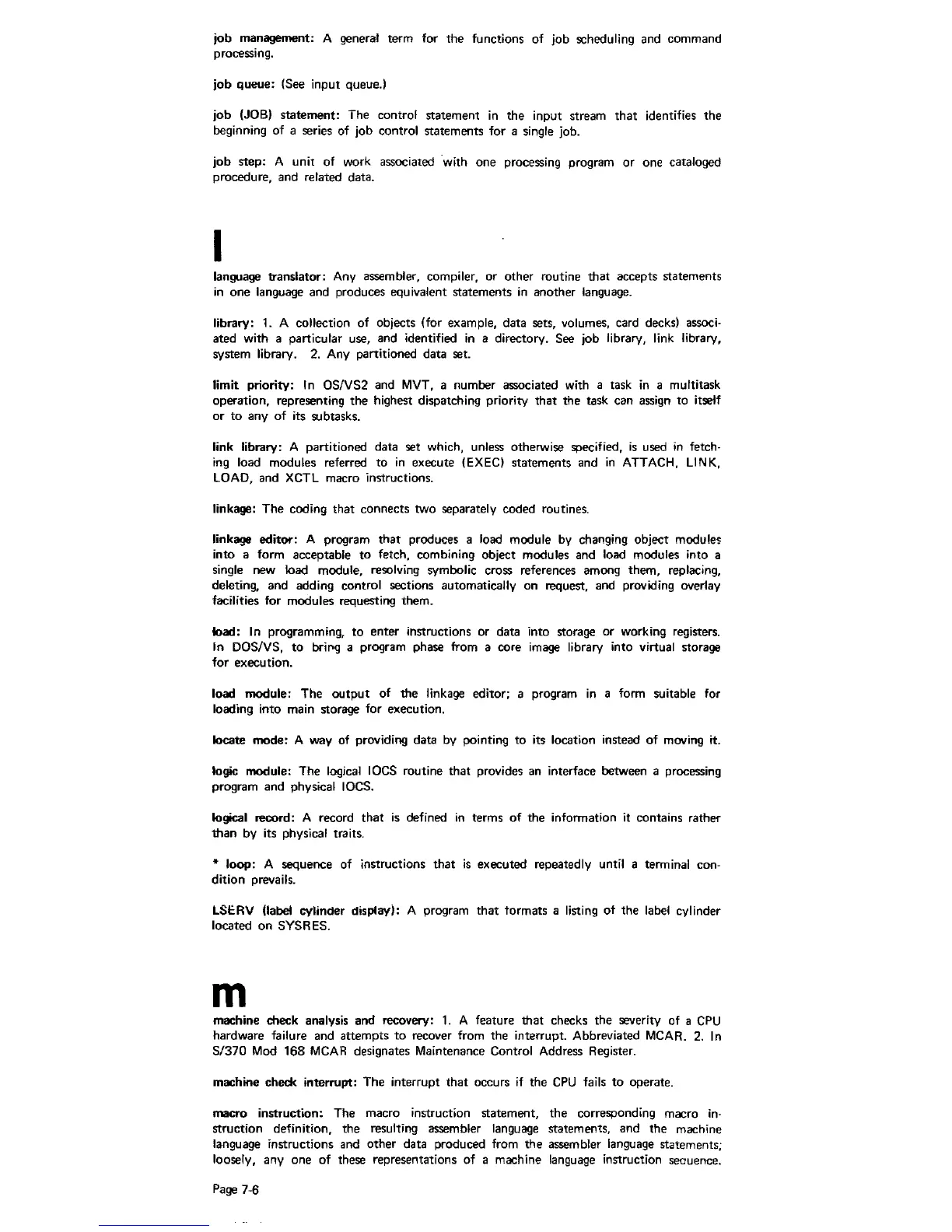